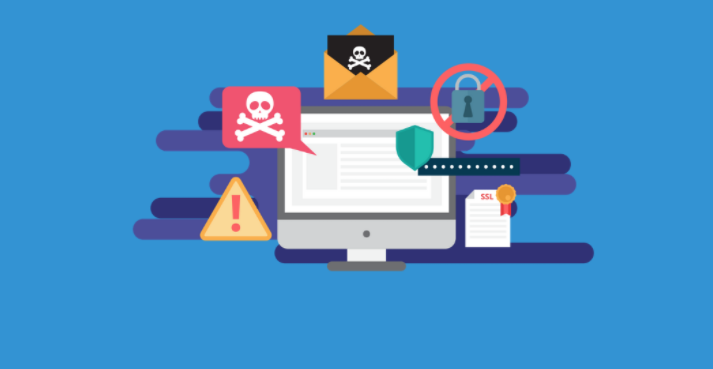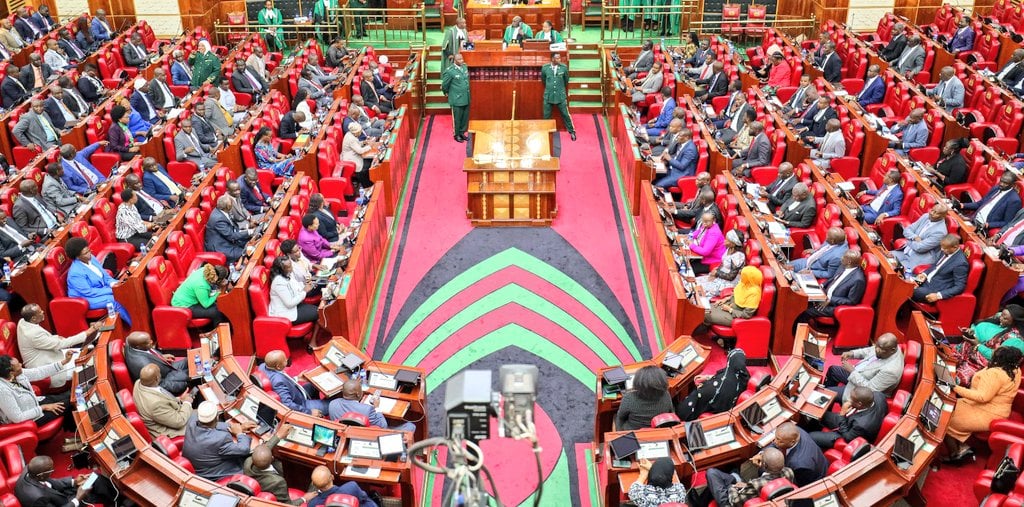No doubt, growing awareness of data privacy has enhanced how people take care of personal information. But there are times when we tend to drop the guard—especially when anxious.
For instance, it is now common in certain countries to carry vaccine certificates on smartphones for seamless access to public facilities. While we know having such sensitive information on smartphones puts them at high risk for misuse, fears of rejected access might overpower the sensible things to do. Kenya entered a vaccine regulated access control in December last year, and we are likely to see this trend increase. The challenge for digital users is to be aware of the and other vulnerabilities.
Vaccine certificates, as we know, contain sensitive personal information, exposes a large population to risks of identity thefts and other kinds of cyber frauds. Rising cybercrime statistics prove such unprotected data can be easily hacked into or accessed through a WiFi or Bluetooth connection automatically picked up by your phones.
A November report by Kaspersky shows Africa has become a new target for cybercriminals since the start of the Covid pandemic. According to the report, attacks in Kenya have risen by 15.9 per cent compared to 2020.
Secondly, flaunting vaccination statuses to social networks is a new fad amplifying the risks. With governments aggressively rolling out immunisation drives, many citizens have felt the need to declare vaccination updates on social media feeds and help in raising awareness. Social media are flooded with digital copies of such certificates.
It’s imperative not to get blinded by the comforts brought into our lives with the evolution of digital technology. Our growing dependence on online products and services exposes us to security threats and privacy breaches. The risks assume greater relevance, considering the exponential rate at which personal data storage on cloud services have grown during the pandemic. In 2021, the worldwide end-user spending on public cloud services grew 18.4 per cent to $304.9 billion according to a Gartner report. However, have we ramped up data-security measures at par with the changes? Perhaps not because businesses did not foresee this scale of digitalisation and hence never felt the need to shift gears.
Users worldwide fell prey to cybercrime, and common trends included ransomware attacks, devices with proprietary operating systems witnessing increased vulnerabilities, android spreading malware and an increase in potentially unwanted apps. As per the 2020 state of malware report, January to December saw a 565 per cent spike in malware detections. Spyware app detections at the same time grew by 1,055 per cent. The pandemic also created new challenges to online privacy.
Governments find themselves at a crossroads. Finding a middle in their endeavour to safeguard citizen privacy and digital contact tracing of the virus is probably the greatest challenge. At a recent public hearing, data protection experts warned a UK parliamentary committee about the perils of exposing critical health data to private sector players.
Patch updates or security updates periodically sent out by mobile manufacturers can shield your phones from potential breaches. Manufacturers recommend patch updates be set to automatic to update and protect devices automatically. Much like how the Covid vaccination does not guarantee 100 per cent protection, device vaccination also goes only so far, but it does mean one should not attempt to safeguard their devices. The most effective step is to be careful while using devices and not click on the “OK” button or link when random pop-ups appear on screen. Being attentive and mindful can avert most attacks and prevent one from becoming part of the chain of compromise.
— The writer is Data Protection Officer, VFS Global

















